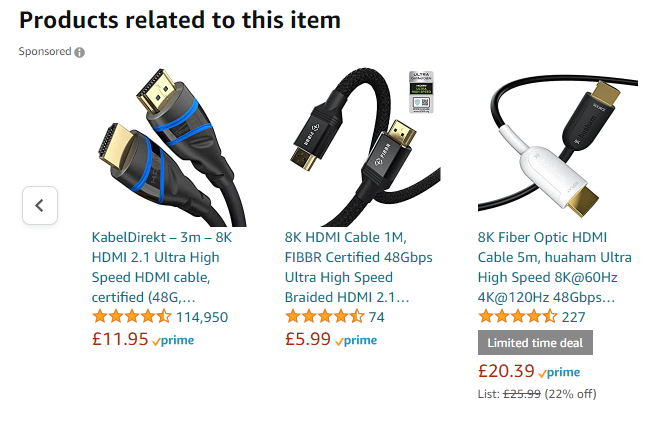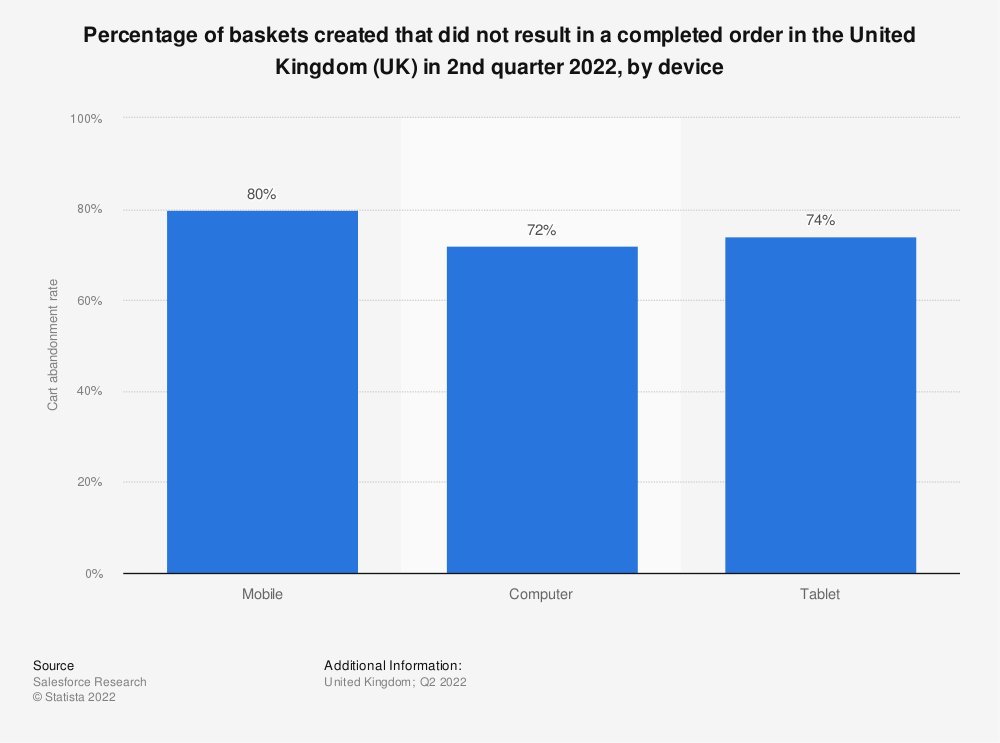4 E-commerce Trends in 2026
What will the biggest e-commerce trends be in 2026? Artificial Intelligence will clearly play a big role. We explore those trends with 4 predictions.

How do you sell to a customer who won’t complete a purchase? The answer is down-selling (or down-selling). In addition to increasing sales, this strategy helps optimise KPIs such as abandoned cart recovery, conversion rates, and lead generation. In this article, we'll give you a definition of down-selling, show you some examples, and share five strategies to implement it in your online store.
Contents:
Down-selling is a strategy that aims to conclude a purchase by offering an alternative product to a customer at a lower price.
The motto of those who use down-selling is: it is better to sell something at a cheaper price than to lose a customer completely.
This sales technique can be used when a user has indicated an interest in a purchase (for example, they have often viewed a product page or have placed the product in their shopping cart) but has not concluded the purchase due to the price. Therefore, offering a cheaper alternative can incentivise them to complete an order with you.
Even if the profit you make is smaller as a result, this technique proves to be very useful in the long term for the acquisition and retention of new customers.
By upselling, you offer a more expensive product with higher performance or with additional features. You can upsell when the customer has accepted your offer and is about to purchase.
With cross-selling, you offer an additional or complementary product to the one already chosen by the customer. You can use this strategy both before and after the purchase.
By down-selling, you offer a less expensive product that may be older or have fewer features. You can down-sell when a customer has declined a previous offer.
Recommended reading:
Increase Sales through Upselling and Cross‑selling
You enter a store with the intention of buying a new TV. The latest model is too expensive for your pocket, but the clerk shows you a model with similar characteristics but older and at a lower price, which you end up buying.
Or again: you want to buy a pair of designer sunglasses but, still hesitant, you are shown a similar pair that is not from a designer brand, but much cheaper.
Or you would like to buy a diamond ring for your girlfriend but choose one with cubic zirconia (hoping she doesn't notice).
And so on.
Down-selling means offering your customers alternatives to similar, but less-expensive products. In this case, it is important to be able to add value to even the cheaper option.

Some of the most famous retailers in the world down-sell on their product pages
(Source: Amazon)
Considering that cart abandonment is a very common phenomenon in the world of e-commerce, down-selling offers a high potential for improvement in that regard. Now look at the percentages of cart abandonment in the UK:

Source: Statista
Mind you, these are some of the lower numbers in Europe (and the world). Despite these “good numbers”, there is clearly an opportunity here for shops to sell more.
If we look at the worldwide numbers and break things down by industry, you can see that the issue is common in every industry as well:

Source: Statista
With down-selling, you can encourage those users who have abandoned their carts to retrace their steps and complete the purchase. There are several ways to do this:

Source: shutterstock.com/Roman Samborskyi
Down-selling is, due to its nature, a strategy that is mainly applied offline. In fact, it is a sales negotiation whose success depends a lot on the skill of the seller, who must understand the needs and purchasing possibilities of the customers and must be able to communicate the value of an alternative product (with inferior characteristics) at a cheaper price.
While it's not as easy to start a deal online, you can also down-sell in your online shop by showing similar product recommendations at the bottom of your product pages.
Now let's see 5 strategies for down-selling your online store:
With an exit intent pop-up, you can offer an alternative product to a visitor who would otherwise leave your site.
In fact, an exit intent pop-up appears when a user who is on a product page of your site moves their mouse cursor near the X to close the tab/window. In the subsequent pop-up, you can let your potential customer know that your e-commerce shop also offers a similar, more budget-friendly solution.
A common example of down-selling is to create different packages, such as a standard and a premium one. This obviously works well for e-commerce businesses that offer a subscription or some other kind of service, but it works well for products as well as long as items can be bundled together (i.e. a “mystery box”).
In these cases, you can offer a satisfactory solution to those who want to spend less even if it lacks some additional services. Let's take the Netflix streaming service as an example. The platform offers its users three types of packages with different advantages:
As you can see, Netflix manages to attract a larger audience than it would by offering just one package.
Recommended reading:
Subscription Businesses: The Future of E‑commerce
Through cookies or heat maps, you can identify how often a visitor lands on the pages of your site as well as which products they have viewed and interacted with, etc.
You can use the information you have about your visitors to create a dynamic and personalised section for each of them on your homepage, where you can show cheaper alternatives to the product the user has previously viewed.
Another down-selling strategy that helps convince visitors to become customers is to offer them an opportunity to test the product for free and without obligation for a certain amount of time. This would also work quite well with subscription businesses.
To activate the service, the customer will be asked to enter his bank details, but will still have the possibility to suspend it before the trial period ends. Generally, this proves to be an effective strategy because it is a low-risk, high-return strategy that converts customers and guarantees high Customer Lifetime Value (CLV).
YouTube pushes their premium service by offering the first month as a free trial:

Source: YouTube
Technically, offering a discount can also be considered down-selling. After all, a discount always remains one of the most effective options in a negotiation that leads even the most undecided consumers to conclude a purchase.
However, it is not recommended to offer a quality product at a lower price simply to close a sale. In fact, remember that in addition to diminishing the value of your products, a simple discount of €5 means a loss of:
If you decide to offer a discount, remember to inform your customers and visitors about it. Adding a bit of urgency or motivation to the offer is also helpful. You could, for example, also offer a discount for first-time customers. Offer a discount for a limited time. Alternatively, you could offer a discount in exchange for signing up to your newsletter (make the benefits of your newsletter clear as well). This way, you might just convert those customers who had considered your product but had not progressed to the checkout stage.
We have seen that down-selling allows you to increase sales, attract new customers and retain them. Offering different alternatives allows you to meet the needs of a wider audience and will help you stand out from the competition.
This article was translated and adapted from our Italian blog: Cos'è il down-selling? Esempi e strategie per l'e-Commerce
08/03/23What will the biggest e-commerce trends be in 2026? Artificial Intelligence will clearly play a big role. We explore those trends with 4 predictions.
SEO is an important tool for e-commerce businesses to bring in new customers. Here are the best tips for your online shop to rank higher in Google.